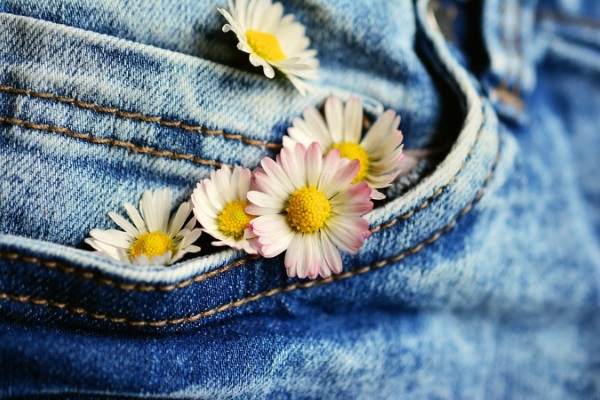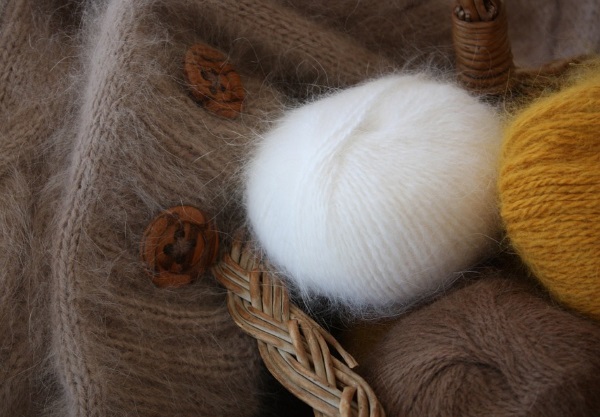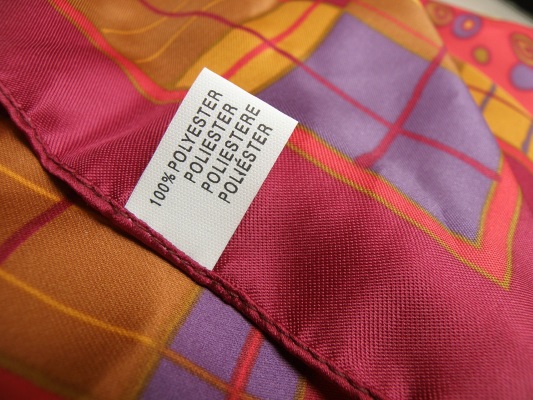Which Fabrics Are More Sustainable?
As end consumers, we barely have information about the garments we buy. We know very little about the production of fabrics and its effect on the environment. For instance, did you know that cotton craves enormous amounts of water and pesticides which, in the end, makes this fabric not so environmentally friendly?
A coin has always two sides. If a fabric is biodegradable, growing and producing it often has a heavy impact on the environment. Synthetic fibers usually consume more energy, while natural fabrics -especially cotton- need extreme amounts of water and land recourses to be manufactured. Chemicals are also an issue, as some natural fibers are treated with them. This improves their properties, for example, make them waterproof, but this can also makes them non-biodegradable.
To make a purchase decision, it is good to know the different types of fabrics that are available. Let’s go over them!
Types of Fabrics
1. Natural:
Plant-Based
- Cotton
- Linen (flax)
- Hemp
- Jute
- Ramie
Animal-Based
- Wool (sheep), including merino wool from merino sheep.
- Cashmere (goat)
- Alpaca, a hypoallergenic fiber similar to wool.
- Silk (silkworms).
- Angora (rabbits)
- Mohair (angora goats)
- Leather (cows)
- Down feathers (ducks and geese)
Alternative fibers (less common)
- Milk (casein protein)
- Orange peel
- Pineapple fiber
- Coffee grounds
While much about natural fibers is good, it’s also worth noting that every natural fiber has to be farmed. This leads to similar concerns as the food industry: a high usage of chemicals that run off into our water supply, a disregard for the safety of workers, possible animal cruelty and a lack of respect for the land. Wool is good, but the production on sheep farms contributes to greenhouse gas emissions.
2. Synthetic:
Semi-Synthetic
- Viscose / Rayon
- Modal
- Lyocell / Tencel
- Acetate / Triacetate (cellulose treated with acetic acid).
All these fabrics are manmade and come from cellulose pulp from different plants. To create the final fibers, this pulp is dissolved with a chemical solution, releasing harmful substances into nature that can also affect the health of workers. In the case of bamboo, its use can lead to the elimination of real forests to boost production. Not all these fabrics, however, are made equal: some of them are eco-friendlier than others. Lyocell, for example, is one of the best alternatives, as it usually involves a recycling process of the chemicals used to dissolve the cellulose; and rayon has been found to be more biodegradable than cotton.
Synthetic
- Polyester
- Nylon
- Acrylic
- PVC
Fully synthetic fabrics such as acrylic and polyester are not biodegradable and release microscopic fibers when washed. Often these fibers are marketed as environmentally friendly since they come from recycled or renewable materials, but it is worth noting that there is a high environmental impact from the chemical process required to produce the fabric.
Polyester -a cheap cotton alternative- is a critical culprit, as it contributes to the persistence of microplastics in different types of ecosystems. The upside? These fibers are relatively cheap, long-lasting and don’t crease much. They’re also ideal to keep you dry: that’s why they’re very popular in sportswear.
So… Which Fabric Do I Choose?
My advice is to choose natural plant or wool-based fabrics over semi- and fully synthetic ones. Take these points into account:
- Make sure you wear the hell out of your cotton garments. Try to choose organic if possible.
- Choose lyocell/tencel over viscose/rayon. As opposed to viscose, lyocell is produced in closed cycles, which reduces the waste of water and chemicals. Its impact on the environment is less harsh.
- Choose wool over acrylic and polyester knits.
- Choose recycled polyester over newly made.
It is hard to completely eliminate synthetic fabrics from our lives, as most of our sport clothes and fleece are made of synthetics. Mixed fabrics are also common. To reduce the number of microfibers released when washing, consider buying a special washing bag that traps those fibers inside.

Also… Don’t wash more than it’s really needed! Wash your garments on a gentle program and your clothes will hold longer. I wash all my knits with shampoo and then give them some “fluff” in a dryer for a few minutes with cold air, not to get them dry but let the air flow between threads.
There is no clear answer to what fabric is the best. Choose natural organic fabrics when possible, buy less, wear more, swap, buy secondhand… If you have bought a garment, wear it! When you don’t want to use it anymore, make sure to sell it or pass it on if the item is still in good condition. If it’s totally worn out, recycle it. Many stores as H&M and Zara accept old garments for recycling.
Do you pay attention to the type of fabrics you buy? If so, what is your favorite? Let me know in the comments!





